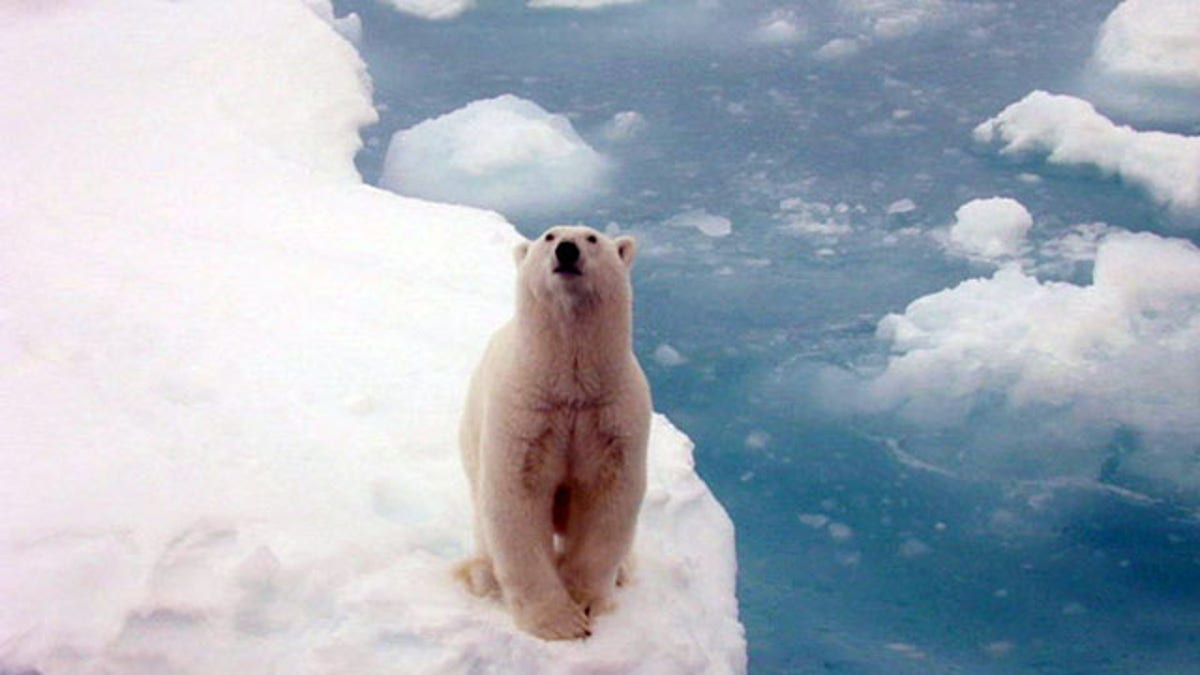
(NOAA)
Strong arctic winds rather the effects of global warming can explain the dramatic loss of ice in the Arctic Ocean, explains a new scientific paper.
The article, soon to be published in the journal Geophysical Research Letters, found that half of the annual variation in sea ice seen each September can be attributed to changes in wind patterns, not merely global warming as has previously been theorized.
Arctic ice reflects sunlight, keeping the polar regions cool and moderating the global climate. Scientists have been monitoring the levels of ice since 1979, and have noticed a dramatic decline in recent years, according to the National Snow and Ice Data Center at the University of Colorado.
The U.N.'s climate arm has stated that the change in Arctic ice is related to warming global temperatures, and that the ice will continue to be depleted. "Sea ice is projected to shrink in both the Arctic and Antarctic under all SRES scenarios. In some projections, arctic late-summer sea ice disappears almost entirely by the latter part of the 21st century," reads the IPCC's latest climate-change report.
The article, by Masayo Ogi from the Japan Agency for Marine-Earth Science and Technology in Yokohama and colleagues, looked at records of how winds have behaved since those satellite measurements of sea ice began. These winds blow ice out of the Arctic, through the Farm Strait, which runs between Greenland and Norway and into the warmer waters of the Atlantic Ocean.
The study states that "wind-induced, year-to-year differences in the rate of flow of ice toward and through Fram Strait play an important role in modulating September sea ice extent on a year-to-year basis. A trend toward an increased wind-induced rate of flow has contributed to the decline in the areal coverage of Arctic summer sea ice."
Ogi posits that "the combined effect of winter and summer wind forcing accounts for 50 percent of the variance of the change in September Arctic sea ice extent from one year to the next, and it also explains roughly 1/3 of the downward linear trend" of ice over the past 31 years.
These winds can't fully explain the loss of sea ice, which is also partly attributable to warming air and ocean water. However, their study does raise doubts about claims that the melting of ice in the region has passed the 'tipping point' and will accelerate in coming years, said London paper the Daily Mail.
